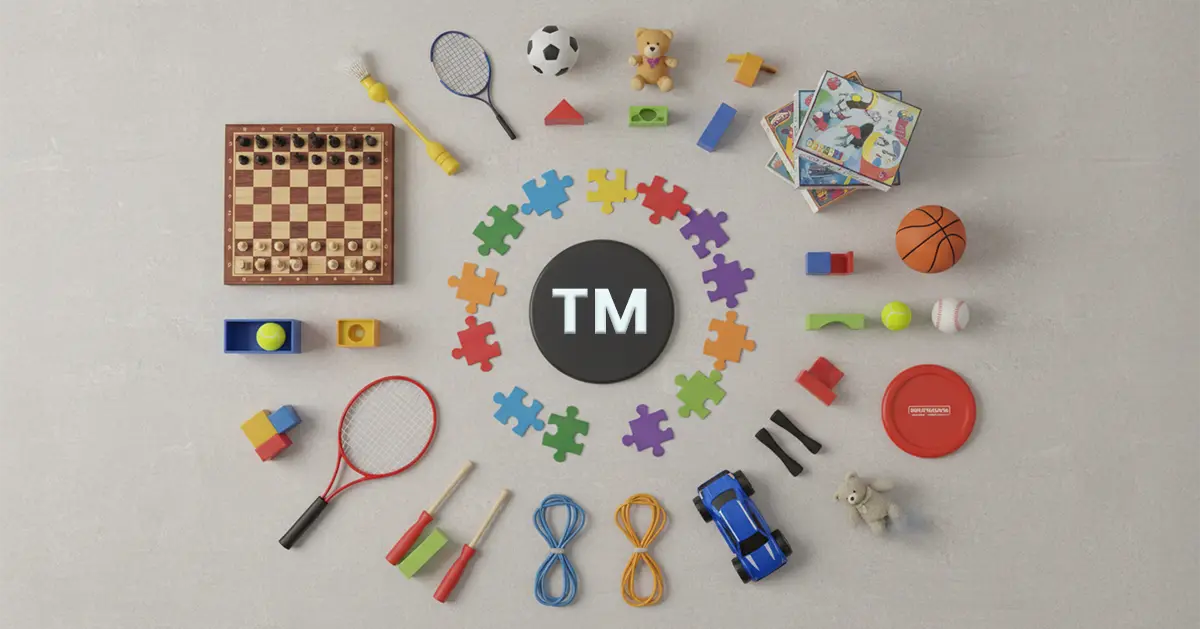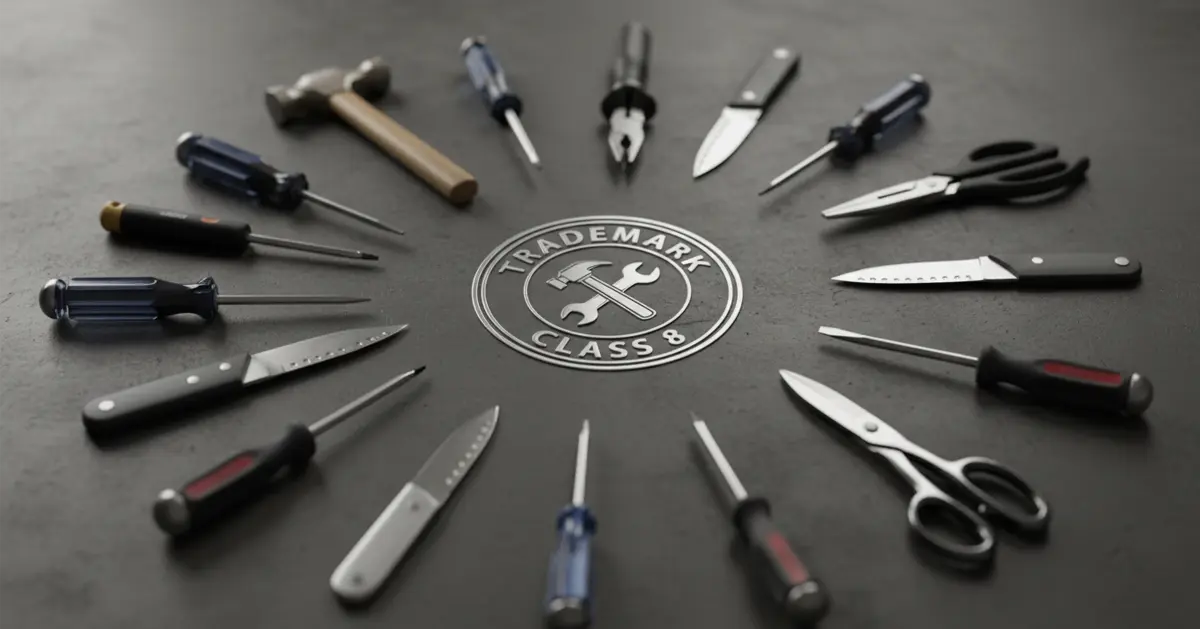India’s medical device market is growing fast due to rising healthcare needs and new technologies. To keep patients safe, every medical device must be approved before it can be made or sold in the country.
The Central Drugs Standard Control Organization (CDSCO) is the government body that handles this process. Their job is to make sure that all medical devices meet safety and quality standards.
Medical device registration means getting official permission from the CDSCO to manufacture, import, or sell a device in India. This approval proves the device is safe and works as intended. Without it, making or selling medical devices in India is illegal.
Registering your device is not just a formality; it is a legal requirement. It helps protect patients, builds trust with users, and allows companies to avoid fines and operate legally in the Indian market.
Why is Medical Device Registration Mandatory?
Registration is required because:
- It protects patients from unsafe or poor-quality devices.
- It ensures devices meet Indian laws and global safety standards.
- It helps companies avoid legal problems and fines.
- It builds trust among doctors, hospitals, and patients.
- It allows companies to sell their devices legally in India.
- It ensures traceability and aids in post-market surveillance.
- It provides a clear mechanism for recalling faulty or unsafe devices.
Medical Devices (Amendment) Rules, 2020
In 2020, the government updated the rules to cover all medical devices as “Drugs” under the Medical Devices (Amendment) Rules, 2020. Before this, only 37 types of devices were regulated.
A voluntary registration system was introduced starting April 1, 2020, with phase-wise mandatory timelines:
- Class A & B Devices: A license has been mandatory since October 1, 2022.
- Class C & D Devices: A license has been mandatory since October 1, 2023.
The rules also launched the SUGAM portal, a dedicated online system that allows easy registration for manufacturers and importers.
Failing to register by the due date can lead to a ban on manufacturing or import, and may attract penalties or legal action.
Medical Devices Rules, 2017 (MDR 2017)
The Medical Devices Rules, 2017, set the main framework for regulating medical devices in India. These rules:
- Classify devices by risk.
- Simplify the registration and licensing process.
- Combine registration and import licenses into one for foreign manufacturers.
- Set timelines for approvals.
- Align Indian rules with global standards like the FDA.
Additionally, MDR 2017 streamlined the process by introducing a single-window licensing system for both Indian and foreign manufacturers through the online Sugam portal (cdscoonline.gov.in).
Drugs and Cosmetics Act, 1940
This act is the main law that gives CDSCO the power to regulate medical devices. It treats medical devices as a type of “drug” for legal purposes. The Medical Devices Rules, 2017, were created under this act to ensure devices are safe and effective.











